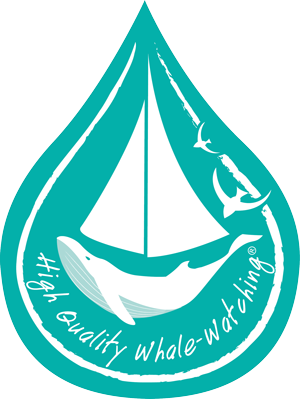Des cétacés au fil de l’eau…
En embarquant avec un opérateur « High Quality Whale-Watching®« , l’impatience de contempler le grand large vous gagnera progressivement. Mais, sachez que certains cétacés sont susceptibles de vous accueillir le long des côtes, dés la sortie du port. Alors suivez le guide et ouvrez l’œil car en mer, la richesse est partout !
Le monde marin n’a pas de frontières. Les cétacés sont libres de se déplacer où bon leur semble. Néanmoins, dans tout écosystème un partage du milieu s’établit. Les cétacés privilégient ainsi certaines zones en fonction de leur régime alimentaire, de la compétition pour les ressources, de leurs capacités physiologiques, etc.
Les espèces de Méditerranée
En Méditerranée, il existe 8 espèces de cétacés résidentes en Méditerranée : le Dauphin bleu et blanc, le Dauphin commun, le Grand dauphin, le Dauphin de Risso, le Globicéphale noir, la Baleine à bec de Cuvier, le Cachalot et le Rorqual commun (deuxième plus gros animal au monde après la Baleine bleue).



